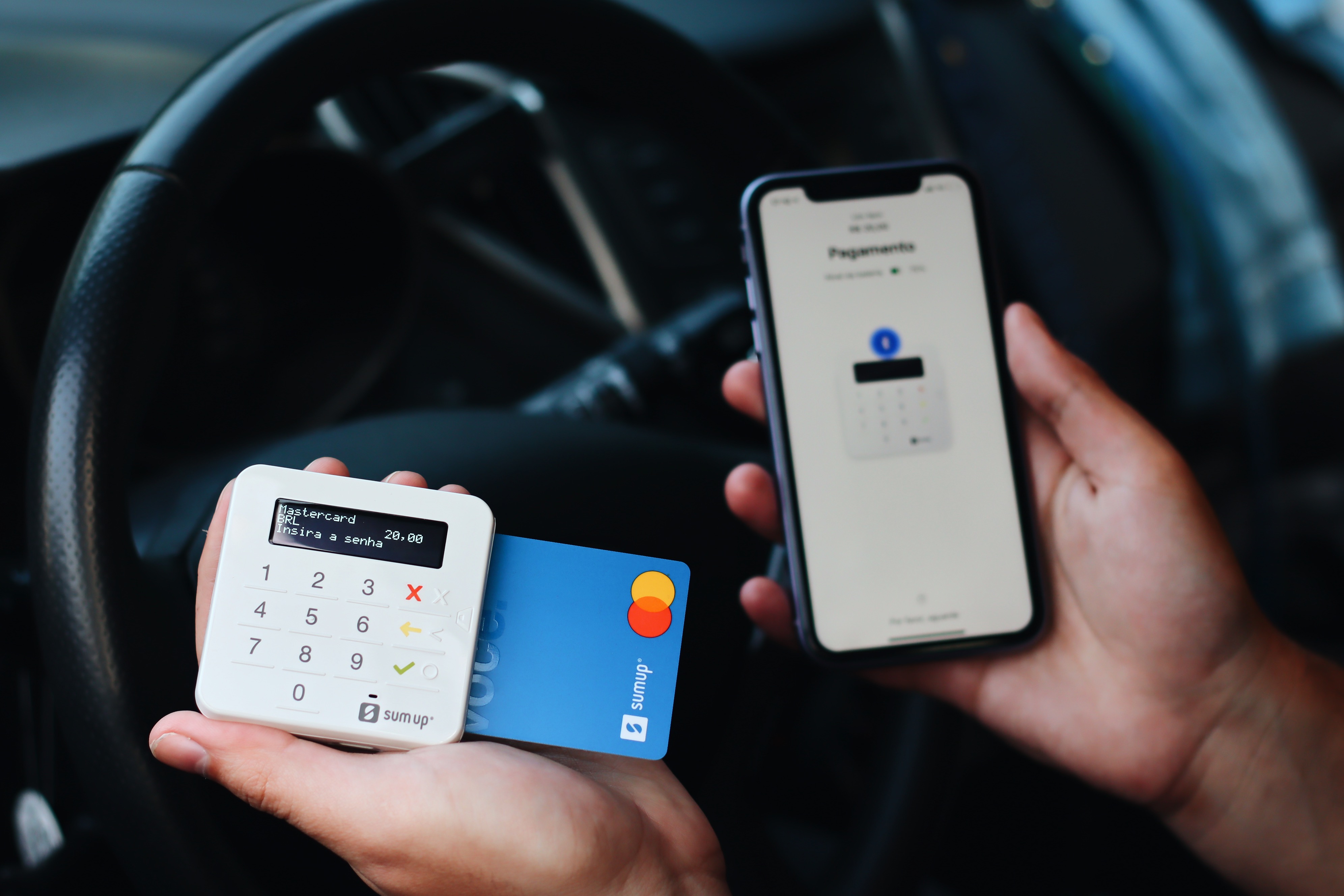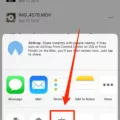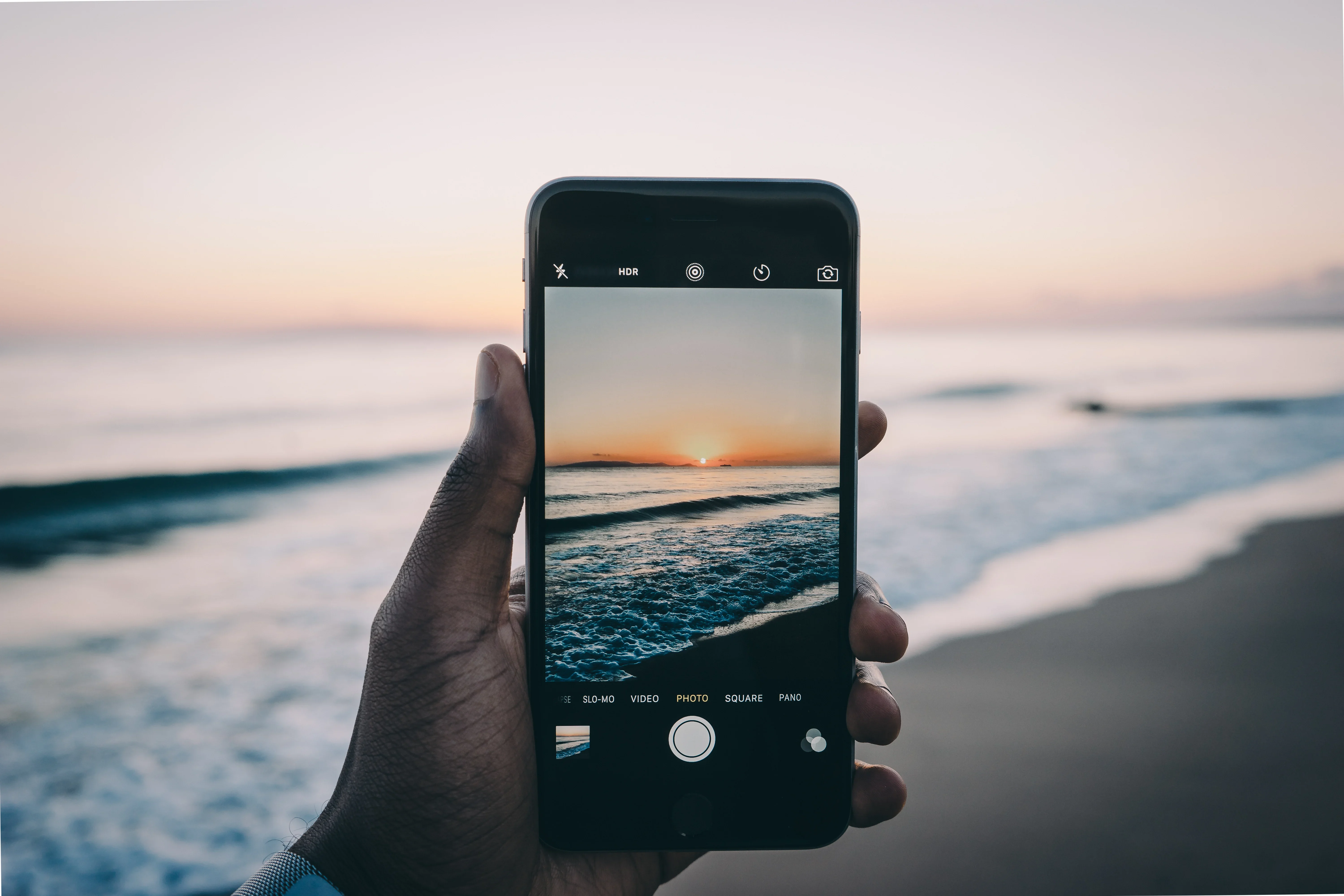Mirroring your iPhone screen to a Macbook has never been easier. With just a few simple steps, you can easily view and share content from your iPhone on your Macbook.
The first step is to connect your iPhone to the Macbook usig a USB cable. Once the connection is established, open QuickTime Player on your Macbook. Then click “File”, followed by “New Movie Recording”. From the options pop-up menu, select the connected iPhone that you have previously connected with the USB cable. The iPhone screen will now be displayed instantly on the Macbook.
Alternatively, if you want to use AirPlay to mirror your screen, you can also do so. On your iPhone or iPad, look for the AirPlay button in the Control Center or within supported apps. If you want to share the screen of your device over AirPlay, tap the Screen Mirroring toggle in the Control Center and select your Macbook from the list of AirPlay devices available.
Now that you have successfully mirrored your iPhone screen to a Macbook with either QuickTime or AirPlay technology, you can now enjoy watching videos or playing games from your phone on a larger display. You can also share photos or documents beween both devices without having to transfer them manually between them.
With this convenient feature now at hand, you can make efficient use of both devices withut any hassle whatsoever!
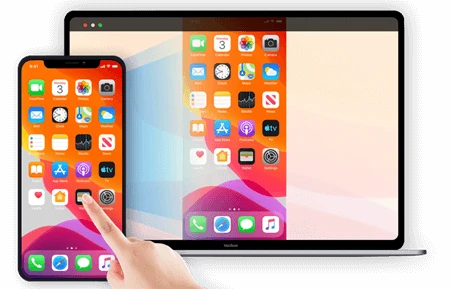
Displaying iPhone Screen on Mac
To display your iPhone screen on your Mac, you’ll need to use QuickTime Player. First, connect your iPhone to your Mac using a USB cable. Then, open the QuickTime Player and click “File” then “New Movie Recording”. From the Options pop-up menu, choose your connected iPhone as the source of the video. Your iPhone’s screen will now apear on your Mac. If you need to adjust any audio settings, you can do so in the same window.
Mirroring an iPhone to a Mac Pro
To mirror your iPhone to your Mac Pro, you’ll need to ensure that your devices are connected to the same Wi-Fi network. Then, on your iPhone or iPad, open the Control Center and tap the AirPlay button. Select your Mac Pro from the list of available AirPlay receivers, then enable Screen Mirroring. Once enabled, you’ll be able to stream whatevr is displayed on your iPhone or iPad directly to your Mac Pro.
Screen Mirroring on a Macbook
Screen mirroring on a Macbook is easy and straightforward. First, make sure that both your Macbook and the display device you’re trying to mirror to – such as an Apple TV or Smart TV – are turned on. Then, open the Apple menu on your Macbook and select ‘System Preferences’. From there, select ‘Displays’. Under the ‘AirPlay Display’ taskbar, you should see the display device you want to mirror to. Select it and then click ‘Continue’ when prompted. Once the connection is established, your Macbook screen will be mirrored on the display device. You can adjust settings like resolution and orientation by goig back into System Preferences > Displays.
Enabling Screen Mirroring on Mac
To enable screen mirroring on Mac, first open the Control Center by clicking on its icon in the menu bar. It should be next to the time in the top-right corner, next to the Siri button. Then, click on Screen Mirroring to open a list of available devices that you can use to mirror your display. Finally, select the device you want to use and you’ll be able to mirror your Mac’s screen.
Troubleshooting AirPlay Issues on Mac
AirPlay on Mac requires macOS Sierra (10.12) or later, so if your Mac is running an earlier version of the operating system, you won’t be able to use AirPlay. Additionally, you’ll need to make sure that your Mac has enabled AirPlay Mirroring in System Preferences > Displays. Finally, you may need to make sure that the Firewall on your Mac is allowing incoming connections for signed software; you can do this by going to System Preferences > Security & Privacy > Firewall > Firewall Options and checking the box next to Automatically allow signed software to receive incoming connections.
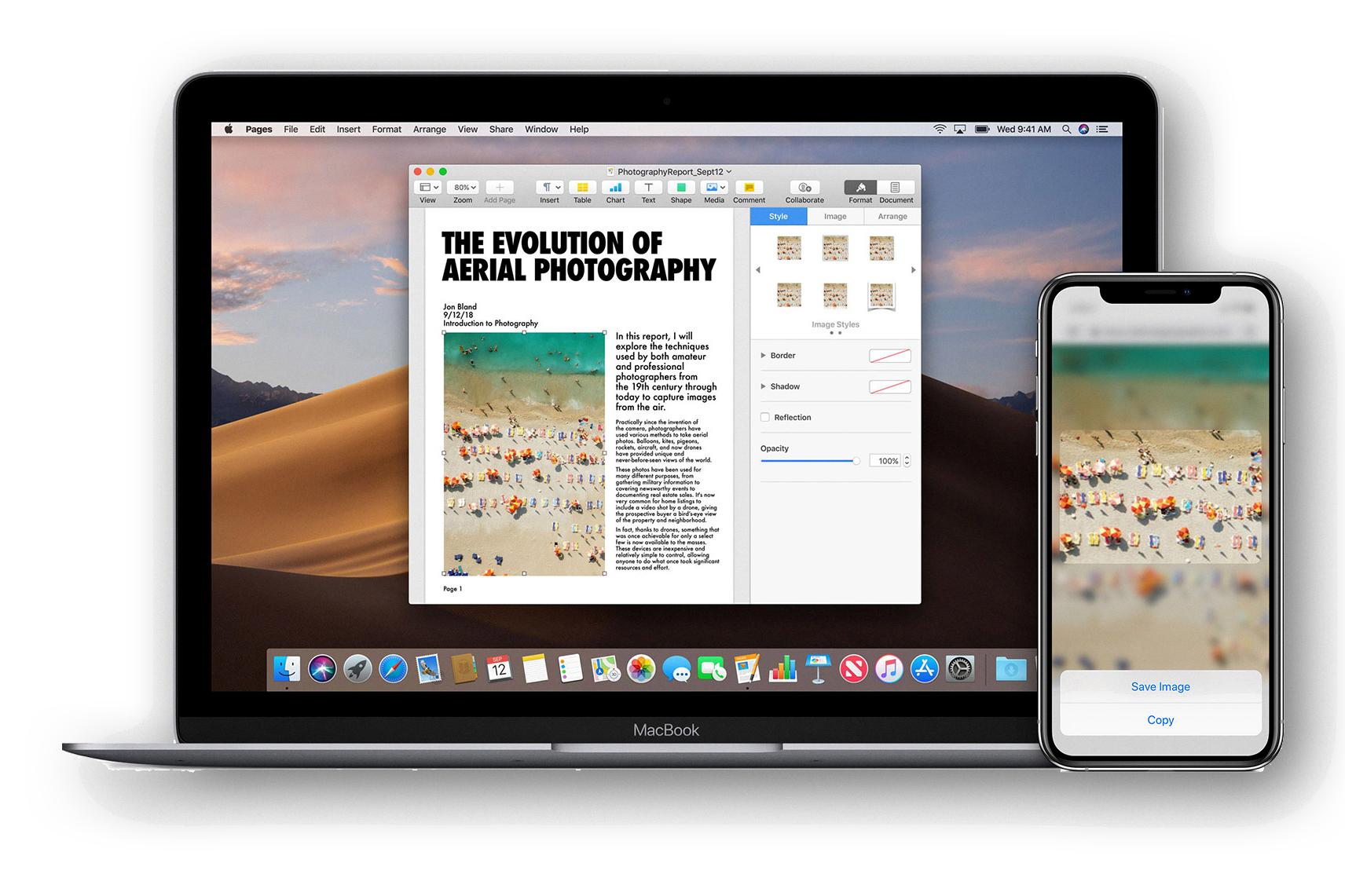
Source: macworld.com
Troubleshooting AirPlay Issues on Mac
The most common reason for not being able to turn on AirPlay on your Mac is due to display settings or WiFi connection issues. To fix this, you shoud first restart your WiFi connection and then open System Preferences, go to Display settings and make sure the ‘Show mirroring options in the menu bar when available’ option is enabled. If this doesn’t work, you can try resetting your Mac’s SMC (System Management Controller) or PRAM (Parameter Random Access Memory).
Conclusion
In conclusion, the iPhone is a powerful tool that can offer a variety of features and capabilities. It can provide users with access to a wide range of apps and services, as well as the ability to make calls, send texts, and browse the internet. Additionally, it can be used to mirror your screen to Mac with QuickTime or stream over AirPlay. Whether you’re loking for a way to stay in touch with friends and family, or just want an easy way to access your favorite apps and media, the iPhone is a great choice.

